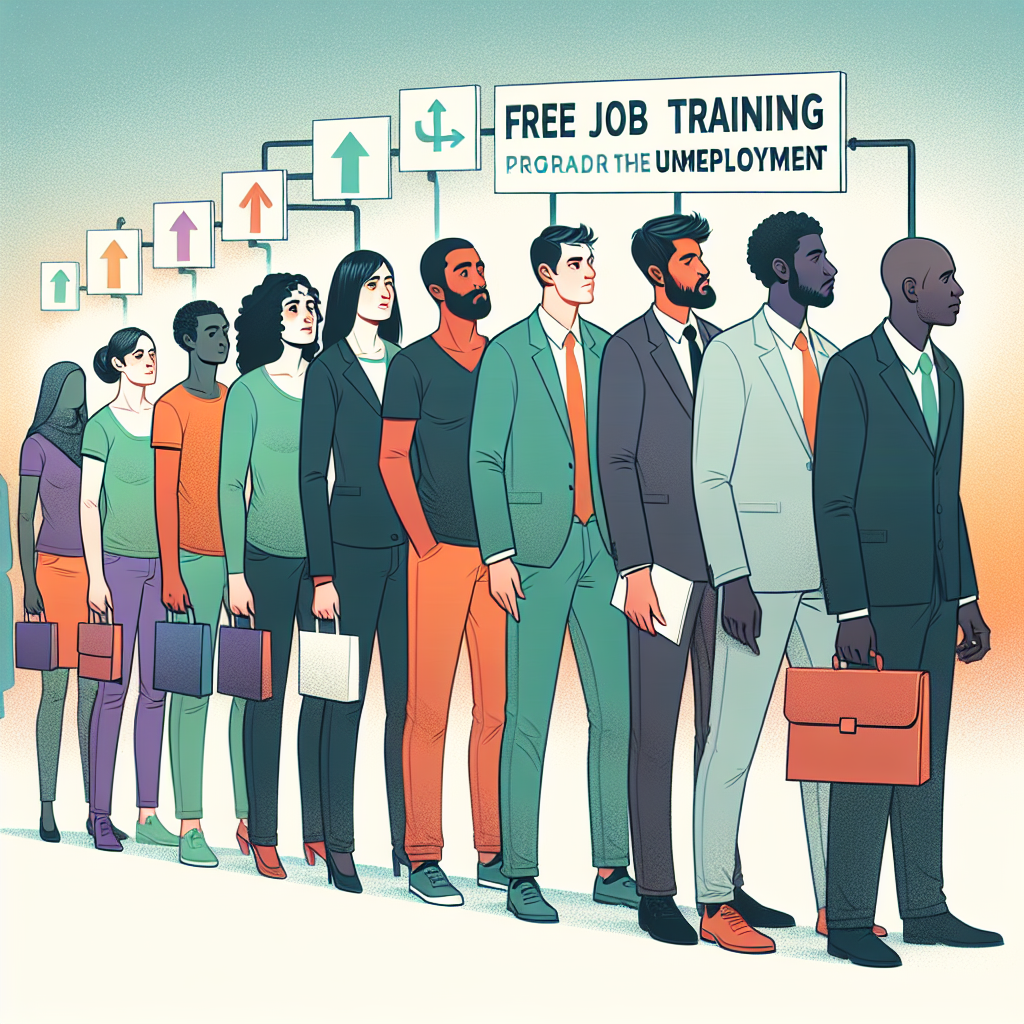The Future of Free Job Training Programs For Unemployed: What To Expect is a pressing question for communities, policymakers, and individuals navigating rapid economic change. As automation, shifting industry demands, and uneven access to education reshape the labor market, free training programs are evolving from one-off workshops into more strategic pathways to employment. This article outlines trends, practical implications for jobseekers, and ways public and private sectors can improve outcomes for unemployed workers seeking new skills.
Emerging trends in publicly funded training
Public workforce systems are increasingly shifting from short-term skill drills toward modular, competency-based training tied to local employer demand. Expect more programs to:
- Focus on stackable credentials that build toward recognized certifications.
- Use data from labor market analytics to prioritize high-growth occupations.
- Integrate career navigation services, such as coaching and placement support.
These changes mean free programs will aim not just to teach tasks but to certify job-ready competencies that employers recognize. Workforce boards and community colleges will play bigger roles in coordinating training that leads to measurable employment outcomes.
Future prospects for free job training for unemployed workers
Businesses and training providers are experimenting with hybrid models that combine online micro-credentials with short in-person practicums. This hybridization lowers geographic barriers while maintaining hands-on experience where it matters — healthcare simulations, manufacturing labs, or coding bootcamp projects, for example. Expect partnerships between employers and public training providers to expand apprenticeship-style offerings that are accessible at no cost to participants.
Technology’s role: AI, adaptive learning, and credentials
Personalized learning platforms powered by AI will adapt course content to learner pace, reducing dropout rates and improving skill retention. Blockchain and verified digital credentials make it easier for employers to validate skill attainment, enabling learners to present portable evidence of competencies. Free programs that adopt these technologies can scale more efficiently and improve transparency in outcomes tracking.
Equity and accessibility improvements
Future program design will increasingly incorporate supports that remove participation barriers: childcare subsidies, transportation stipends, flexible scheduling, and wraparound services such as mental health counseling. Targeted outreach aims to ensure that underserved populations — older workers, displaced manufacturing employees, and those in rural communities — can access quality training that leads to employment.
How employers and communities will be involved
Employers will be incentivized to co-design curricula, offer work placements, and commit to hiring graduates. Local chambers of commerce and regional workforce development organizations will facilitate demand-driven pipelines, aligning training capacity with employer needs. Community colleges, nonprofit training providers, and industry associations will coordinate more closely to reduce duplicative offerings and strengthen transitions to employment.
For college students and recent graduates seeking job platforms and opportunities, resources that compile hiring channels and job boards remain helpful complements to training. A useful guide to the job platforms available for students can be found here: guide to job boards for college students in the USA — free and paid options.
Funding and policy directions to watch
Policymakers are exploring outcomes-based funding, where public dollars follow programs that can demonstrate placement rates and wage gains. At the same time, efforts to streamline credential recognition and portability across states will help workers move between regions without losing credit for completed training. Federal and state initiatives may expand subsidies for employer-led apprenticeships and support shared training infrastructure.
Evidence and labor market research
Program designers are increasingly relying on rigorous evaluation to determine what works. Reliable labor market data and research summaries help tune program offerings toward fields with sustainable demand. For research-based guidance on training and employment trends, the U.S. Bureau of Labor Statistics publishes career outlook information useful to both jobseekers and program planners: BLS Career Outlook articles on training and employment trends.
Practical advice for unemployed jobseekers
If you’re seeking free training, prioritize programs that:
- Offer industry-recognized credentials or clear employer connections.
- Provide career services like resume help, interview coaching, and placement support.
- Include flexible delivery options and supports that address your personal needs.
Reach out to your local workforce development board and community college to compare offerings and confirm how graduates fare in the job market. Short-term courses can be valuable, but stackable credentials and apprenticeships often yield stronger near-term employment results.
FAQ
Q: Will free training programs lead to real jobs?
A: Quality programs aligned with employer needs and offering placement support have higher chances of leading to employment. Look for partnerships with employers and measurable placement outcomes when choosing a program.
Q: How long will it take to gain marketable skills?
A: Time varies by field — some tech bootcamps and health certifications can take a few months, while more advanced trades or healthcare careers may require longer training. Stackable credentials let learners progress in phases, balancing speed and depth.
Q: How can I verify a program’s legitimacy?
A: Check for employer endorsements, accreditation where applicable, alumni outcomes, and whether the program appears on workforce board or community college listings. Ask about completion-to-placement rates and salary outcomes for graduates.



